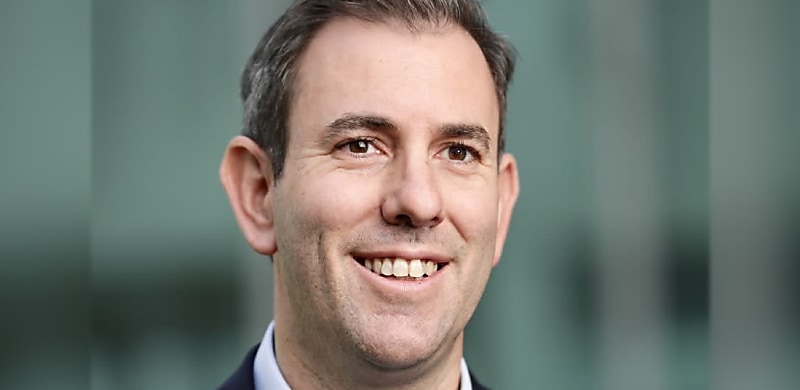
The superannuation industry is being called on by the federal Treasurer to consider how it can “do better” in investing in housing.
In his address to the Superannuation Lending Roundtable hosted by Australian Finance Review on Monday (22 August), the federal Treasurer and MP for Rankin, Jim Chalmers, reignited calls for the super industry to invest in social housing.
Mr Chalmers echoed sentiments raised by former Labor prime minister Paul Keating (who has been a proponent of having super funds invest in build-to-rent schemes and fund public rental housing) by asking whether more could be done to recognise and respond to “the shortage of housing”.
The Treasurer said that while the Labor Party had put forward its housing package already, Australia needed “more than our big investments in social housing and Help to Buy”.
“We need to work with the states on our housing strategy and we need you too,” he told delegates.
“You’re all aware of the number of reasons why super has been reluctant to get into residential housing in a big enough way. That’s part of the reason why the growth in super investment in infrastructure the past decade or so hasn’t been matched by housing, which has been static.”
Mr Chalmers flagged that while infrastructure investment has risen from 3.7 per cent of super assets to 6.6 per cent in the last eight years, housing’s “only gone from 7.4 to 8.5 per cent”.
He continued: “My question for you is, how do we do better here?
“Can we work to package up enough like‑projects to deliver scale, do we require some kind of availability payment to make it worthwhile, in addition to the bond aggregators and the like, or are there other better ways?”
The member for Rankin outlined that he was “thinking about putting together a Treasurer’s Investor Roundtable” to “nut out the opportunities in areas like energy and housing, perhaps impact investing as well, and iron out the difficulties”.
The Treasurer said that the investor roundtable would “bring together super funds and other institutions like banks, venture capital funds, and the like” and try to “work out the best place for the government’s own co‑investment funds – for energy transmission, clean energy, housing, advanced manufacturing and supply chains, northern Australia – and the Future Fund”.
“It would be a genuine attempt to treat super’s potential for common ground not another battlefield,” he said, adding that he wanted to “try and bring people together to solve our biggest economic challenges” by looking for “ideas not ideology”.
“The interests of members, funds, the economy and the country are inseparable.”
While the idea of utilising super funds for social housing infrastructure products has been put forward, proposals to utilise superannuation for general home buying has been previously criticised by industry.
Last year, the Morrison government had unveiled a new proposed housing scheme, which would allow first home buyers to use up to 40 per cent of their super savings for a housing deposit, up to an ultimate cap of $50,000.
The Super Home Buyer Scheme – which was set to have been brought in had the Coalition won the election in May – would apply to both new and existing homes, and users would need to return their withdrawal to their super fund when their home is sold, including a share of any capital gain.
However, it was met with criticism from several players in industry, including lenders and brokers, with some suggesting it would only add to demand-related price increases.
[Related: Coalition's super for housing scheme comes under fire]

